GUEST BLOGGER JESSICA STREMER
Explore cause and effect, point of view, and procedural writing using Wonderfully Wild: Rewilding a School and Community. Inspired by a true story, readers will see how a group of students, through teamwork and resilience, turn a tragedy into something beautiful.
Activity 1: Understanding signal words to explore cause and effect
As students read and listen to stories, it’s important for them to be able to create relationships among various ideas, characters, and plot. Transitional words and phrases—also call signal words and phrases can help with that understanding, especially when learning about cause and effect. Cause is the reason, effect is the result, and the signal word connects the two.
Read Wonderfully Wild. The willow tree in this story fell down because of a storm. There are many other things that happen in this book because something else happened first. Ask students to pay attention to specific actions that were taken by people throughout the book. Don’t forget to look at the illustrations, too!
Ask the following questions:
- What caused the tree to fall down?
- What was the students’ initial reaction?
- List activities the students did to rewild their campus.
- What was the effect of each of those activities?
Using the list of signal words below, ask the students to turn the questions into a sentence and underline the signal words.
- Because
- If…then
- In order to
- Since
- This led to…so
For example, the tree fell down because of the storm. The students are sad because the tree fell down. In order to attract butterflies, the students had to plant flowers.
Activity 2: Exploring point of view
Point of view refers to who is telling the story, also known as the narrator. After reading Wonderfully Wild, ask the students to identify which point of view the story is told in. How might the story be told differently if were told by a different narrator? For example, if it was told by the tree or the teacher?
Stick googly eyes on a few items around the classroom, including plants if you have them. You can also take this activity outdoors.
Next, ask your students to pretend they are seeing the world through the eyes of one of those objects. Have students write a story from the point of view of that object. Encourage them to consider if things look different for objects that are up high versus down low, or if the objects are big versus small?
Activity 3: Procedural writing
Read Wonderfully Wild. The students in the book did things such as propagating tree branches, building a raised flower bed, planting a garden, and planting trees. Ask your students to choose one of these activities and write instructions for it. If possible, have your students swap instructions and see if the other person can follow them. You may swap out these activities/instructions for something else such as making a sandwich, if needed.
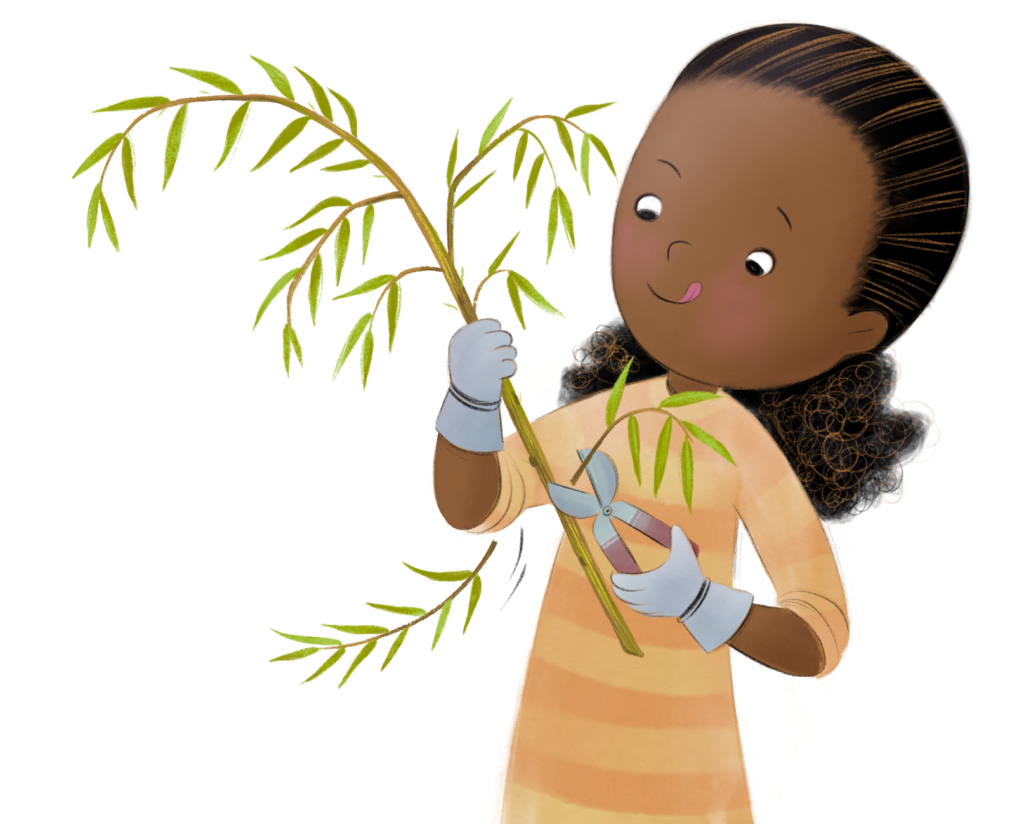
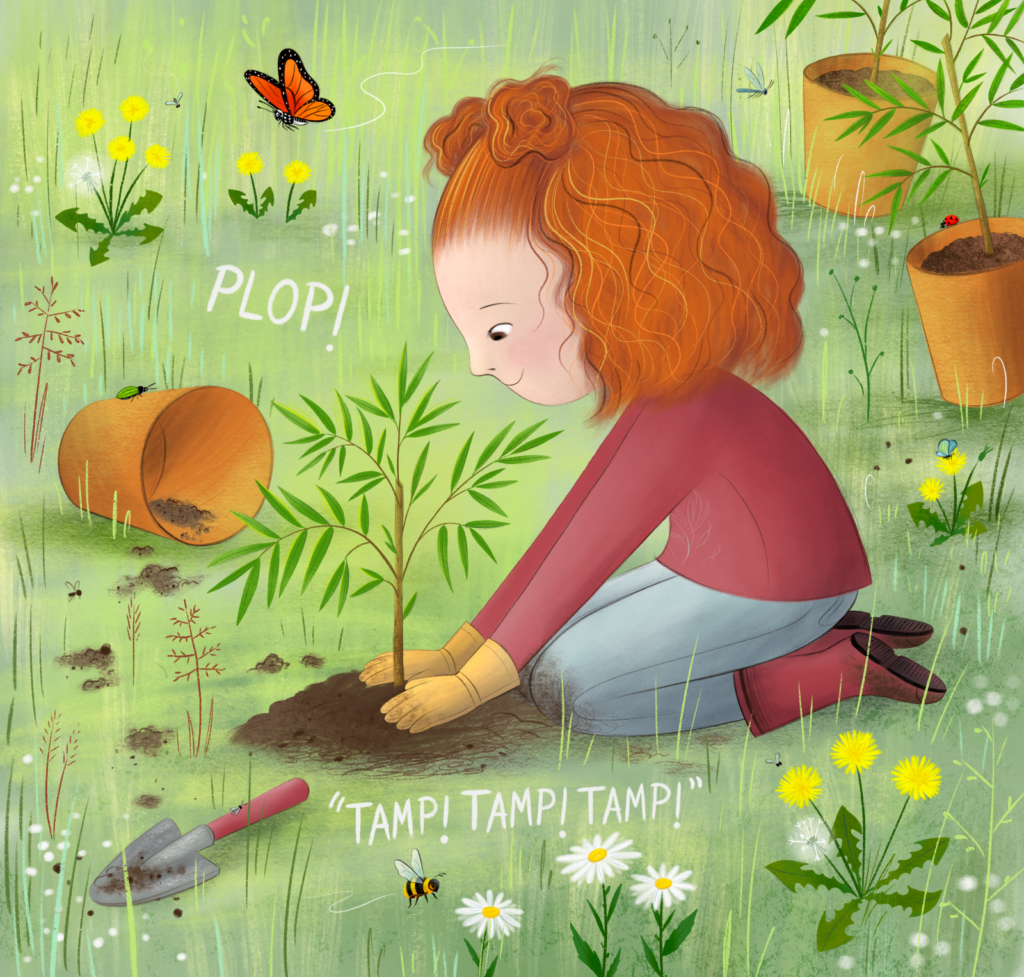
Featured image credit: “A puppie’s point of view” by mastrobiggo is licensed under CC BY-NC-SA 2.0.
Jessica Stremer is an award-winning children’s author who combines her love of science and writing to create books that inspire kids to explore and think critically about the world around them. Her books have received multiple starred reviews and have been designated as SLJ Gold Selections, Cook Prize Silver Medal recipient, NYPL Best Book of the Year, and NSTA Outstanding Science Trade Book. Jessica obtained a B.S. in Biology, with an emphasis in Ecology, from the University of Wisconsin Oshkosh. When not writing you can find Jessica cheering from the sideline of her kids’ soccer games, spending time outdoors, and planning her next family adventure.


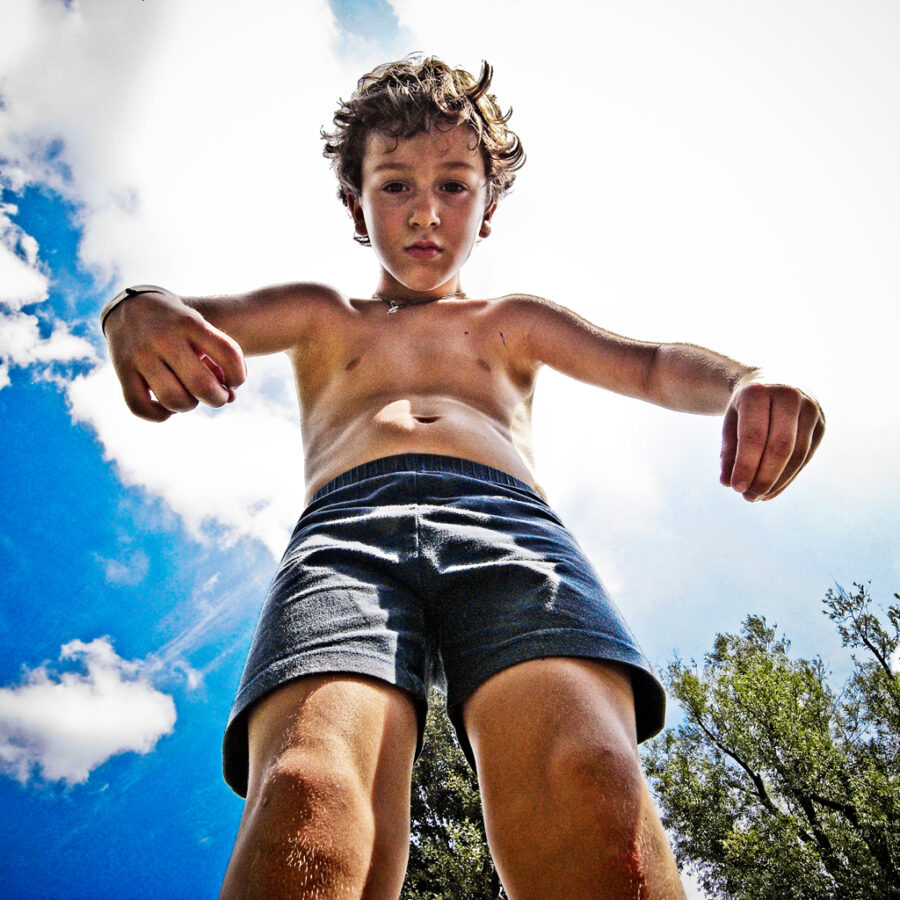

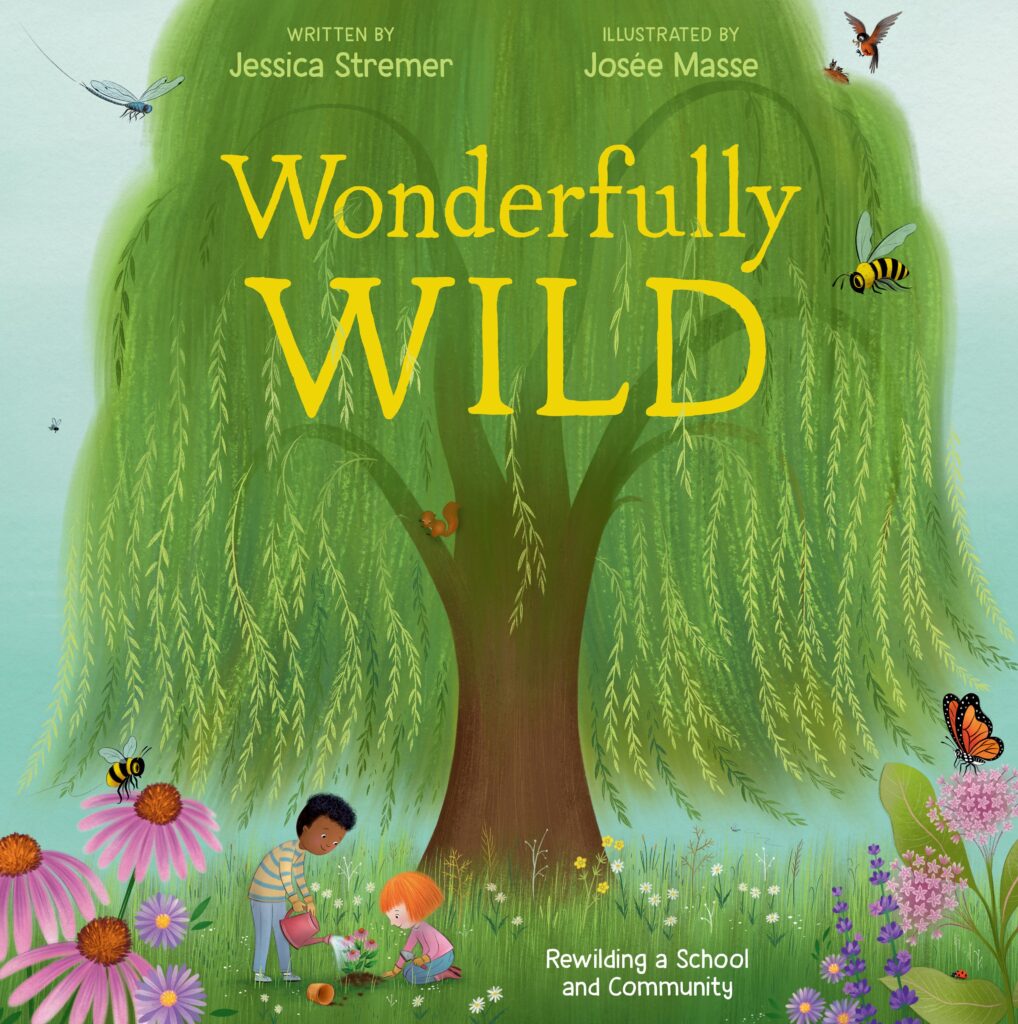


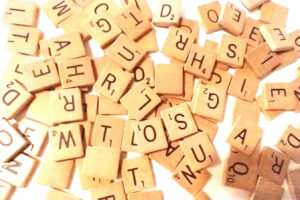
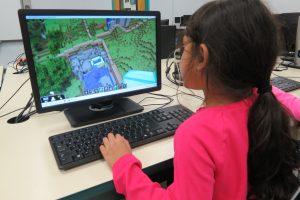

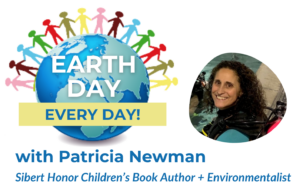
Leave a Reply
Your email is safe with me.